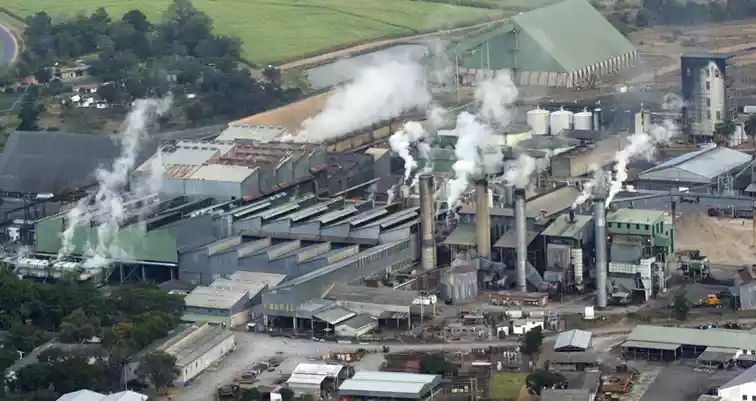
Sugar producer Hippo Vallery Estates Limited has increased its net borrowings to $51,5 billion for its second half year capital expenditure up from $4.9 billion in prior year.
In its financial statement for the half year ended September 30, Hippo Valley revealed that during the period it had spent $14, 2 billion on capital expenditure.
Hippo Valley saw a decrease of 12% in sugarcane tonnes crushed to 648 158 from a 2022 comparative of 735 064.
Other decreases included a 10% reduction in sugarcane milled to 1 772 944 (2022:1 310 342) and 7% drop in sugarcane tonnes produced to 147 072 (2022:157 810).
These reversals were attributed to reduced area of ‘plant cane’ harvested, volume of sugarcane crushed, mill time efficiencies, and low cane throughout early in the milling season.
“A total of $ 14,2 billion (2022: $4,9 billion) was spent on capital expenditure of which $9,2 billion (2022: $2,8 billion) was spent on replanting cane roots,” reads the statement accompany the results.
“At 30 September 2023, the company had net borrowings of $51,5 billion compared to $5,7 billion at 30 September 2022.
“The company has established borrowing facilities in both local and foreign currency to finance its operating and capital expenditure requirements, but with the reintroduction of the cane purchase agreements, these facilities have been stretched over the current season’s peak working capital requirements.”
- Hippo Valley net borrowings shoot up to $52 billion
Keep Reading
Hippo Valley said in addition to utilising the available borrowing facilities, the company had to defer payments to suppliers in order to manage liquidity.
“The company continues to cushion its working capital from the potential impact of liquidity constraints and currency distortions through both local and foreign currency borrowing facilities with reputable financial institutions,” the statement added.
A revaluation of biological assets and inventories left the group in a highly liquid position with $2,19 to every dollar of short-term debt.
Zimbabwe’s sugar production for the 2023/24 season projected at 409 301 tonnes, from 396 682 tonnes in the 2022/23 season, is unlikely to be achieved.
This is due to initial delays in the delivery of private farmers’ cane, logistical challenges resulting from changes to the cane supply agreements, as well as intermittent mill break downs due to non-availability of certain spares.
“Although sugar production is expected to be below the prior season production, the industry will produce adequate stocks to meet the balance of the domestic market requirements in full, as well as its export commitments,” Hippo Valley said.
“Preparations for an effective off crop maintenance shutdown are progressing according to plan to ensure an efficient and reliable milling campaign in the 2024/25 season.”
With the suspension of duties on imported basic commodities only being removed at the end of January 2024, Hippo Valle said the current marketing focus was on balancing profitability and cash flows.
“This season, with approximately 70% of cane supply arrangements shifting from a variable pricing model to a fixed price model,” the company said.
“The impact of any discounts required to incentivise domestic market sales or price reduction arising from shifting volumes to lower priced export markets will be borne by the company entirely and not shared across all industry participants.”
Hippo Valley said declining inflation and prospects of stable exchange rates were expected to create a more conducive business environment.
“Efforts were made to align with government on the need to reinstate duties on sugar in order to protect the local sugar industry from dumped imports, and resultantly Statutory Instrument 80 of 2023 will be uplifted with effect from 31 January 2024,” the company added.
“However, there is still need for industry-wide initiatives to improve productivity and address overall cost structures.”
“If effective, the company will remain a sustainable business, be able to pursue its growth objectives and continue its significant contribution to the local, provincial and national economy.
“These outcomes are underpinned by the company’s ongoing efforts to identify and manage current and emerging risks, and the continued adoption and improvement of its environmental, social and governance footprint throughout the business value chain and within the community.”







